Catalog
Metrology
525 products
View:
- Selected: 0Areas of use
- Selected: 0Item names
- Selected: 0Manufacturer
- Selected: 0Made in
- Selected: 0Additional
View:
525 products
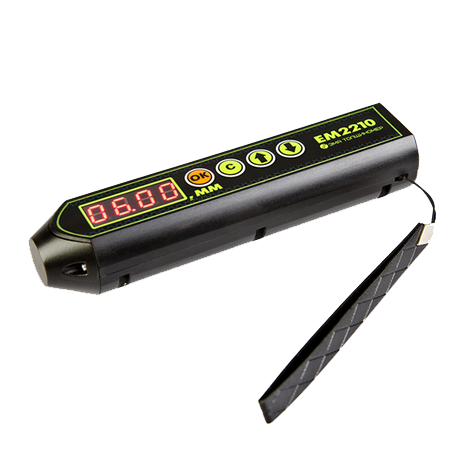
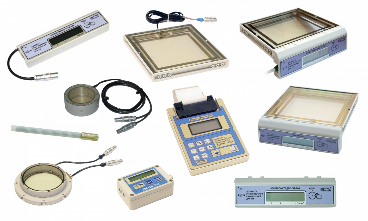
DRK-1M X-ray Dosimeter
Purpose
determination of the effective dose of patients in radiation diagnostics;
control of stability of parameters of X-ray machines
Doza
Zelenograd
Produced in: Moscow
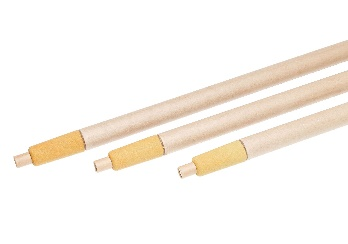
EVRAZOXY Universal
Purpose: Measurement of oxygen activity in molten steel
Scope of application: Oxygen converters, electric arc furnaces, induction furnaces, casting buckets
Measurement range:
from 1 to 2000 ppm O2 - metal oxidation
from 1000 to 1800 °C - metal temperature
from 0.010 to 0.200% - carbon content
Accuracy: 0 + 3°C at 1554°C;
(from 5 to 10) mV (depending on the level of oxygen activity)
Measurement time: 8 sec
Tube Length: from 100 to 1500 mm (other lengths are available on request)
Slag Cap: Steel, cardboard
Type of HCX: B, S, R
EVRAZPRIBOR
Lipetsk
Produced in: Lipetsk

Measuring recorder IS-203.4
from
36 000 ₽
The IS-203.4 meter-recorder is designed to measure and convert analog signals from primary converters (temperature, pressure, humidity, etc.) into the value of the measured physical quantity, as well as register measuring information in the device's memory and then transfer it to a computer (RS 485 or USB) for visualization in the form of tables and graphs.
The meter-recorder is a microprocessor-based meter equipped with a non-volatile storage device and a real-time clock. The device has the ability to work as a network device (up to 20 network devices at the same time) or stand-alone with subsequent connection to computers (laptop) for reading data.
The operating conditions of the meter IS-203.4
Ambient temperature, °C: -30...+50.
Relative humidity, %: up to 90.
Atmospheric pressure, kPa: 70...106.7.
TEKHNO-AS
Kolomna
Produced in: Kolomna, Moscow region
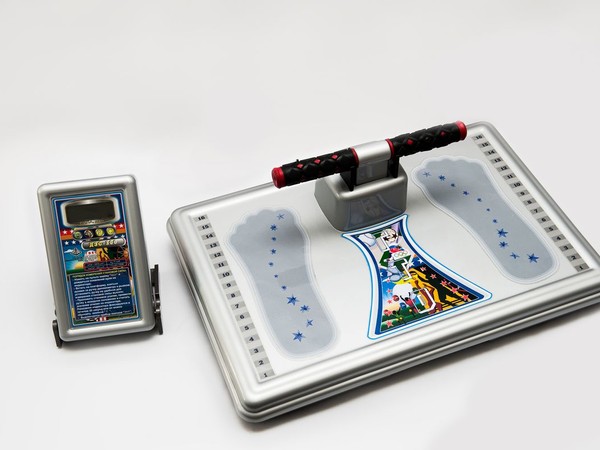
DES-300-D floor standing electronic dynamometer
from
32 700 ₽
TVES
Tulinovka
Produced in: Tambov Region, Tulinovka
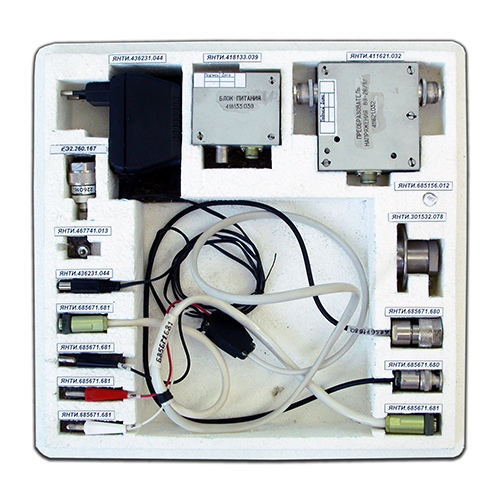
Voltage converter V9-26
Together with the conversion unit, a network AC-DC adapter module is supplied, as well as an intermediate power supply module.
NNPO im. M.V.Frunze
Nizhny Novgorod
Produced in: Nizhny Novgorod
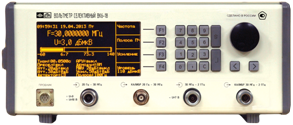
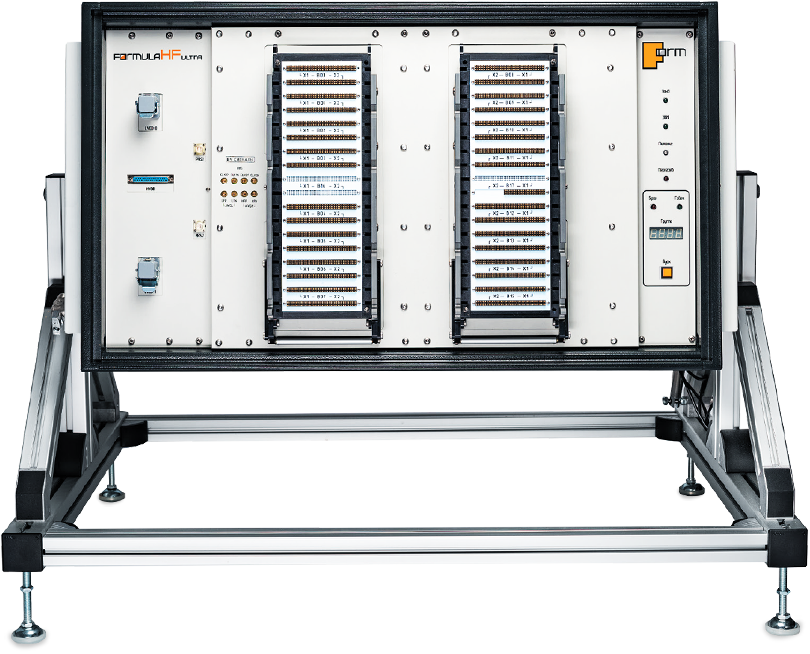
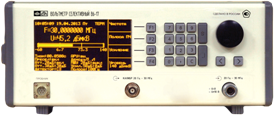

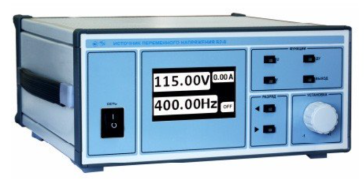
AC voltage source B2-9
The source is capable of operating both independently and as part of automated measuring systems with interfaces such as RS-232 and ETHERNET.
Technical specifications
Output voltage setting range (SCR) from 25 to 250 V
The discreteness of the output voltage setting is 0.05 V
The frequency setting range of the output voltage is from 40 to 500 Hz
The discreteness of the output voltage frequency setting is 0.05 Hz
Output electrical power, not less than 1000 VA
The basic error of setting the output voltage is ± (0.005 Uv + 0.5 V)
The basic error of setting the output voltage frequency is ± 0.1 Hz
Additional error in setting the output voltage caused by a change in the load current from the maximum value to zero ± 0.5 V
Instability of the output voltage for any 10 minutes during 8 hours of continuous operation, no more than ± 0.5 V
Operating temperature range from minus 10 to 50 °C
AC power supply 220 V, 50 Hz
Power consumption, no more than 1300 VA
Overall dimensions, mm 343x160x352
Weight, not more than 6.5 kg
TEKHNOYAKS
Moscow
Produced in: Moscow
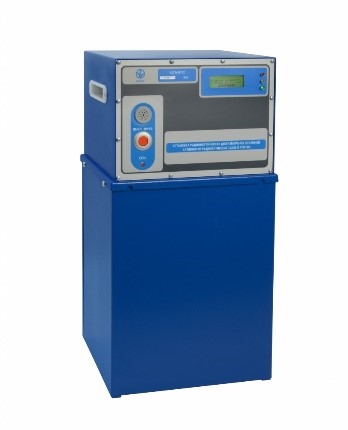
Installation radiometric UDGB-01
The installation provides continuous measurement, indication on the built-in indicator and transmission over the information network of the value of the volumetric activity of radioactive gases, including tritium and carbon-14. The detection units of the installation can be either built-in or remote. The installation is available in three versions: UDGB-01T, UDGB-1T1, UDGB-01T2, differing in metrological characteristics and design features.
Purpose:
measurement of the volumetric activity of beta-emitting inert gases (argon, krypton, xenon), as well as gases containing tritium and carbon-14 in the air of working rooms and ventilation systems.
Doza
Zelenograd
Produced in: Moscow
